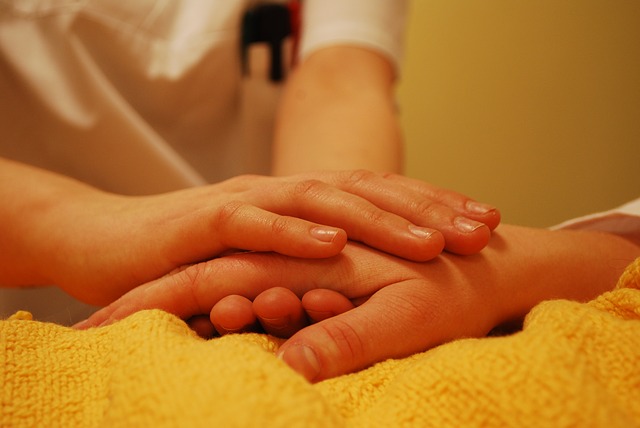Tara Brach in presenting during the encore of the Mindful Leadership Summit, discussed the nature of compassion and how to develop it through mindfulness. Tara’s talk was titled, “Radical Compassion: Awakening Our Naturally Wise & Loving Hearts“. She highlighted the fact that our limbic system (emotional part of our brain) often blocks our compassion. She offered a short meditation to help us to get in touch with understanding ourselves and to free up our “naturally loving” and compassionate heart.
Perpetuating the “Unreal Other”
Tara spoke about our tendency, and her own, to negatively impact close relationships through treating the other person as an “unreal other”. This involves being blind to their existence and needs because of our pursuit of our own needs for reassurance, confirmation of our own worth, sense of power and control or many other emotional needs that arise from our desire to protect our self-esteem. This preoccupation with fulfilling our own needs leads to judging others, instead of showing compassion towards them.
At the same time, we are captured by the “shoulds” that play out in our minds through social conditioning. The “shoulds” tell us what we should do or look like, how to behave or what to say. These mental messages perpetuate self-judgment which, in turn, blocks our sensitivity to the needs of others and our compassionate action. Mindfulness can help us to get in touch with this constant negative self-evaluation and open the way for our compassionate action.
The difference between compassion and empathy
Tara pointed out that compassion arises out of mindfulness, whereas empathy engages our limbic (emotional) system. Too much empathy can lead to burnout, resulting from taking on the pain and suffering of others. She points out that neuroscience demonstrates that compassion and empathy light up different parts of the brain. Compassion engages the neo-cortex and is linked to our motor system – compassion is about understanding another’s pain and taking action to redress it. Empathy is another form of “resonance” but it results in immersion in another’s pain.
A short meditation: “Where does it hurt?”
Tara offered a brief meditation to help us to get in touch with how the limbic system sabotages our compassion. The meditation begins with recalling an interaction that upset us or made us angry. Once we have this firmly in our recollection, we can then explore what was going on for us. What made us angry and what does this say about our response? What emotions were at play for us? Were we experiencing fear, shame, disappointment or some other emotion? What deeply-felt, but hidden need drove this emotion? If we can get in touch with this emotion and the need underlying it, we are better placed to be open to compassion.
Once we can get in touch with our own needs and how they play out in our interactions, we can begin to understand that similar needs and reactions are playing out for those we interact with. Tara points out that we all have “a foot caught in a trap”. For some, it may be the weight of expectations or anxiety over doing the right thing; for others, it may be grief over a recent loss or the pain and stigma of sexual abuse. Once we move beyond self-absorption, we can recognise the pain of others and extend a helping, compassionate hand. We can ask them, “Where does it hurt?, and we can be more sensitive to their response because we have explored our own personal hurts.
As we grow in mindfulness, we can better understand ourselves, our needs and the hidden drivers of our emotions and responses in interactions with others. This will pave the way for us to be open to compassionate action towards others, including those who are close to us.
____________________________________________
By Ron Passfield – Copyright (Creative Commons license, Attribution–Non Commercial–No Derivatives)
Image source: courtesy of eliola on Pixabay
Disclosure: If you purchase a product through this site, I may earn a commission which will help to pay for the site, the associated Meetup group and the resources to support the blog.









